Why does long hair need special care?
During sleep, hair is exposed to friction from pillowcases [1], which can lead to tangles, breakage, and split ends.
Tossing and turning can exacerbate these issues, particularly for long hair, which is more prone to knotting [2].
Additionally, improper hair care habits before bed, such as sleeping with wet hair or using harsh materials, can weaken hair over time.
By adopting the right strategies, you can minimise damage and maintain your hair’s health [3].
The best tips for sleeping with long hair
Here are proven methods to protect your long hair during the night:
1. Set the right room humidity
Dry air, especially from winter radiators, can make hair brittle and frizzy.
A bedroom humidifier helps maintain 40 - 60% humidity, keeping your hair hydrated and reducing tangles.
- Choose a cool-mist model and place it 1 - 1.5 metres from your bed.
- Run it overnight and clean it weekly to avoid bacteria.
- If a humidifier isn’t feasible, place a bowl of water near a radiator.
This is most useful in winter; in humid summers, you may not need it.
2. Incorporate a nighttime hair care routine
A simple nighttime hair care routine can make a big difference.
Apply a small amount of leave-in conditioner or natural hair oil, such as argan or coconut oil, to nourish your hair and reduce friction.
More on hair oils
A touch of hair oil, such as argan or coconut, can keep your hair soft and prevent split ends.
Apply 2 - 3 drops to the mid-lengths and ends after detangling, avoiding the scalp to prevent greasiness.
Argan oil suits most hair types for lightweight shine, while coconut oil is ideal for dry or curly hair.
If your hair is oily, opt for a light leave-in conditioner instead.
Use oils 2 – 3 times a week to avoid buildup.
Focus on the mid-lengths and ends, where hair is most prone to dryness and split ends, and avoid applying products near the scalp to prevent oil buildup.
This routine keeps your hair hydrated and protected overnight.
3. Never sleep with wet hair
Sleeping with wet hair is a common mistake that can harm both your hair and scalp.
Wet hair is more fragile and prone to breakage because the hair shaft is weakened.
Additionally, a damp scalp can lead to irritations or even fungal infections.
Always ensure your hair is completely dry before going to bed - use a gentle blow-drying technique on a low heat setting or let your hair air-dry to avoid heat damage.
4. Detangle your hair before bed
Always detangle your hair before going to sleep to prevent knots from worsening overnight.
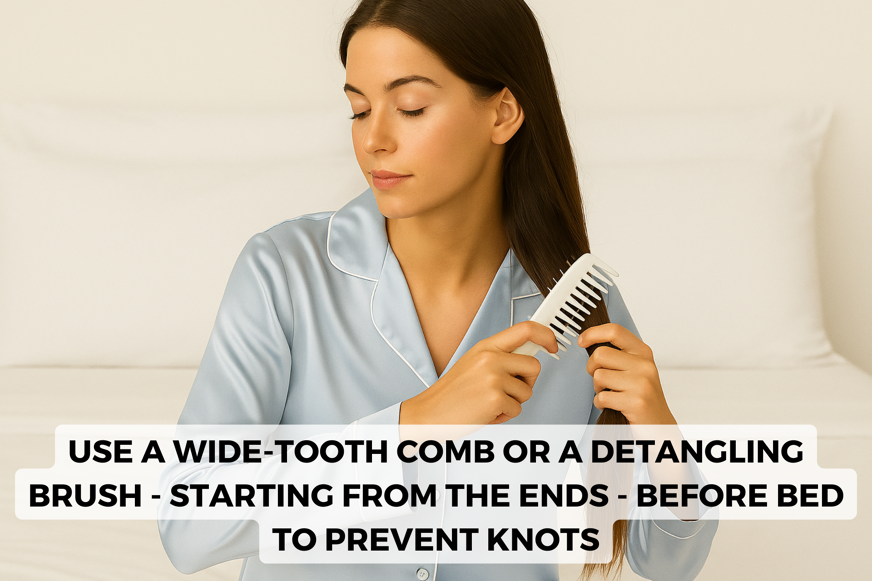
Use a wide-tooth comb or a detangling brush, starting from the ends and working your way up to the roots - this method minimises pulling and breakage.
For curly or wavy hair, detangling while applying a leave-in conditioner can make the process easier and add extra moisture.
5. Braid your hair loosely
Braiding your hair before bed is an effective way to keep it tangle-free.
A loose braid prevents hair from rubbing against the pillow and reduces knotting - ensure the braid isn’t too tight, as excessive tension can cause breakage or stress the hair roots.
For very long hair, a single loose braid or two loose braids can work well.
6. Use soft hair ties
Tight hair ties or elastics can damage long hair by pulling on the strands and causing breakage.
Instead, use soft, fabric-covered scrunchies or spiral hair ties designed to be gentle.
These minimise stress on the hair and prevent dents or creases.
When tying your hair, also keep it loose to avoid unnecessary strain on the scalp.
7. Wear a silk or satin sleep cap
For extra protection, consider wearing a silk or satin sleep cap or bonnet.
These accessories shield your hair from friction and keep it contained, especially if you have very long or curly hair.
A sleep cap also helps preserve hairstyles, like curls or waves, overnight.
Choose a cap that fits comfortably - not too tight - to avoid discomfort or pressure on the scalp.
This is particularly useful for those with thick or textured hair.
8. Switch to a silk or satin pillowcase
One of the easiest ways to protect long hair is by using a satin or silk pillowcase.
Unlike cotton, which creates friction and absorbs moisture from your hair, silk and satin are smooth and gentle.
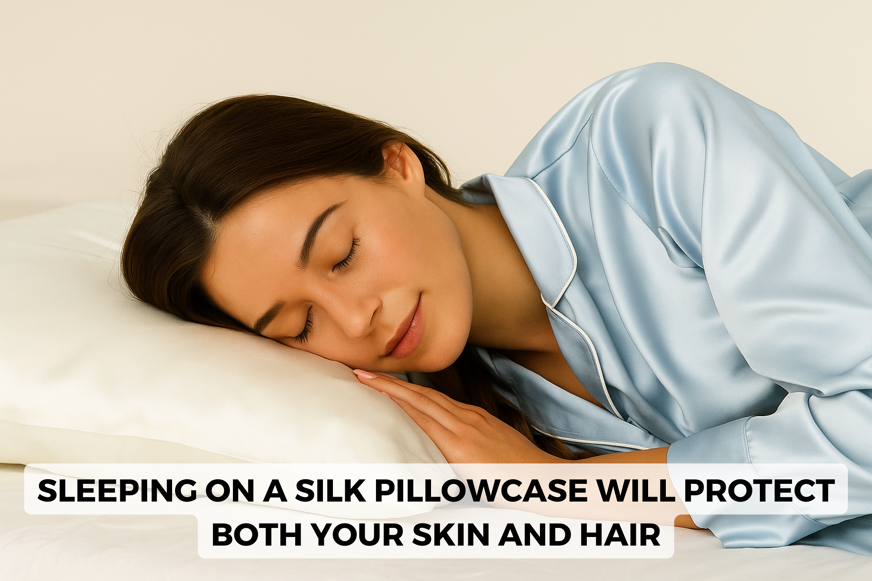
These materials reduce tangles, prevent split ends, and help maintain your hair’s natural oils.
They’re also kinder to your scalp and can reduce frizz, leaving your hair smoother in the morning.
Additional tips for healthy long hair
If you have long hair, you'll appreciate that keeping it looking its best is paramount.
Here are some tips to help you:
- Regular trims: Schedule regular trims every 8 – 12 weeks to remove split ends and keep your hair looking healthy.
- Avoid hair accessories at night: Remove clips, barrettes, or other accessories before bed, as they can cause breakage or scalp irritation.
- Keep pillowcases clean: Wash your pillowcase weekly to prevent the buildup of oils, dirt, and bacteria, which can transfer to your hair and scalp.
- Use a humidifier: In dry environments, a humidifier can prevent your hair from becoming brittle and prone to breakage.
- Choose the right products: Use shampoos and conditioners suited for long hair to strengthen and hydrate it.
If you have the budget, you can also splurge on salon visits for deep-rooted conditioning treatments.
Check out some of our favourite silk pillowcases in the UK:
Best nighttime hairstyles for long hair
The right hairstyle can significantly reduce damage and tangles when sleeping with long hair.
These gentle options protect your tresses overnight, keeping them smooth and healthy while you sleep.
Loose bun
A high, relaxed bun keeps hair off your face and pillow, minimising friction.
- Gather your hair loosely at the crown, twist it gently, and secure it with a silk scrunchie to avoid breakage.
- Ensure the bun isn’t too tight to prevent scalp stress.
- This style works well for straight or wavy hair and is quick to do before bed.
For very long hair, tuck the ends under to avoid loose strands.
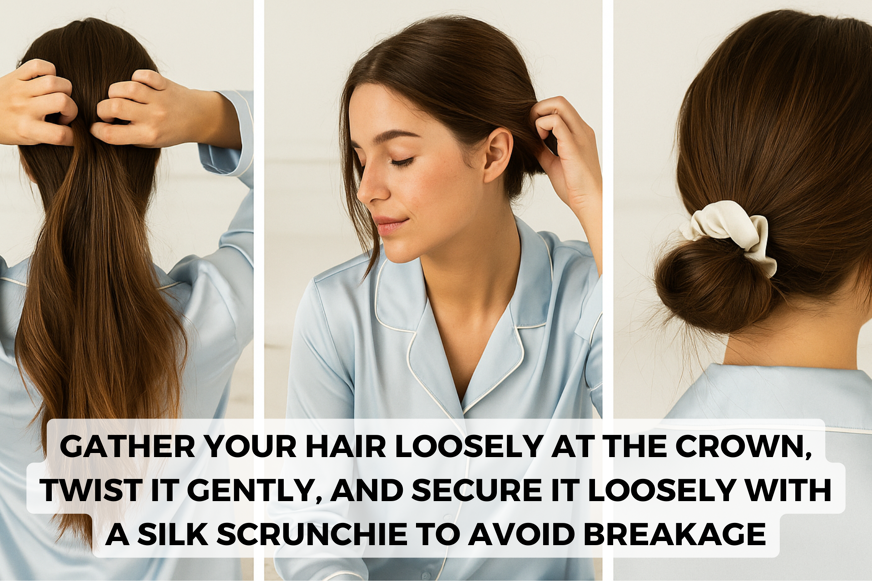
Plaited braid
A soft, single plait prevents knots and can create lovely, natural waves by morning.
- Start plaiting from the nape of your neck, keeping it loose to avoid pulling on the roots.
- Use a fabric-covered hair tie or silk scrunchie to secure the end.
- This style suits most hair types, especially curly or thick hair, as it keeps strands contained.
For extra protection, apply a drop of leave-in conditioner before plaiting.
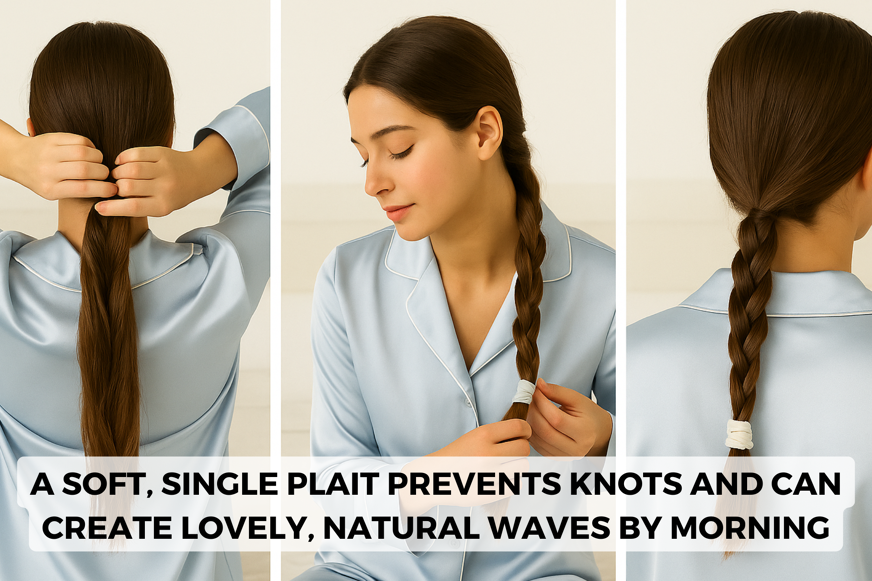
Silk headscarf
Wrapping your hair in a satin or silk headscarf shields it from friction and dryness caused by cotton pillowcases.
- Gently gather your hair, twist it loosely, and wrap the scarf around your head, tying it securely but not tightly.
- This is ideal for curly or textured hair, as it preserves natural patterns and reduces frizz.
Choose a breathable, high-quality scarf to ensure comfort overnight.

Some additional quick tips
No matter the hairstyle you choose, these quick tips are worth remembering:
- Avoid tight styles: Ensure all hairstyles are loose to prevent breakage or traction alopecia [4], especially around the hairline.
- Hair type matters: Curly hair benefits most from a scarf, while straight hair may prefer a bun for simplicity. Experiment to find your best fit.
- Prep first: Detangle with a wide-tooth comb before styling to reduce knots and make morning brushing easier.
These easy-to-do styles keep your hair protected and in top condition while you snooze, ensuring you wake up with tangle-free, healthy locks.
Avoid these common hair-care mistakes
You'll want to avoid these common mistakes when caring for your long locks:
- Sleeping with tight hairstyles: Tight ponytails or buns can stress the hair and scalp, leading to breakage or even traction alopecia over time.
- Using cotton pillowcases: Cotton absorbs moisture and creates friction, which can dry out and damage long hair.
- Skipping hair care: Neglecting to detangle or moisturise before bed can lead to matting and increased hair damage.
- Overusing heat: Excessive blow-drying or styling before bed can weaken hair, making it more susceptible to damage during sleep.
Your most cherished possession requires all the love and care in the world!
Conclusion: How to sleep with long hair
Long hair needs a little TLC at night to stay gorgeous.
With gentle hairstyles, less friction, and a touch of moisture, you can cut down on breakage and split ends.
Integrate these tips into your routine, and you’ll wake up with healthy, tangle-free hair – plus a more restful sleep!






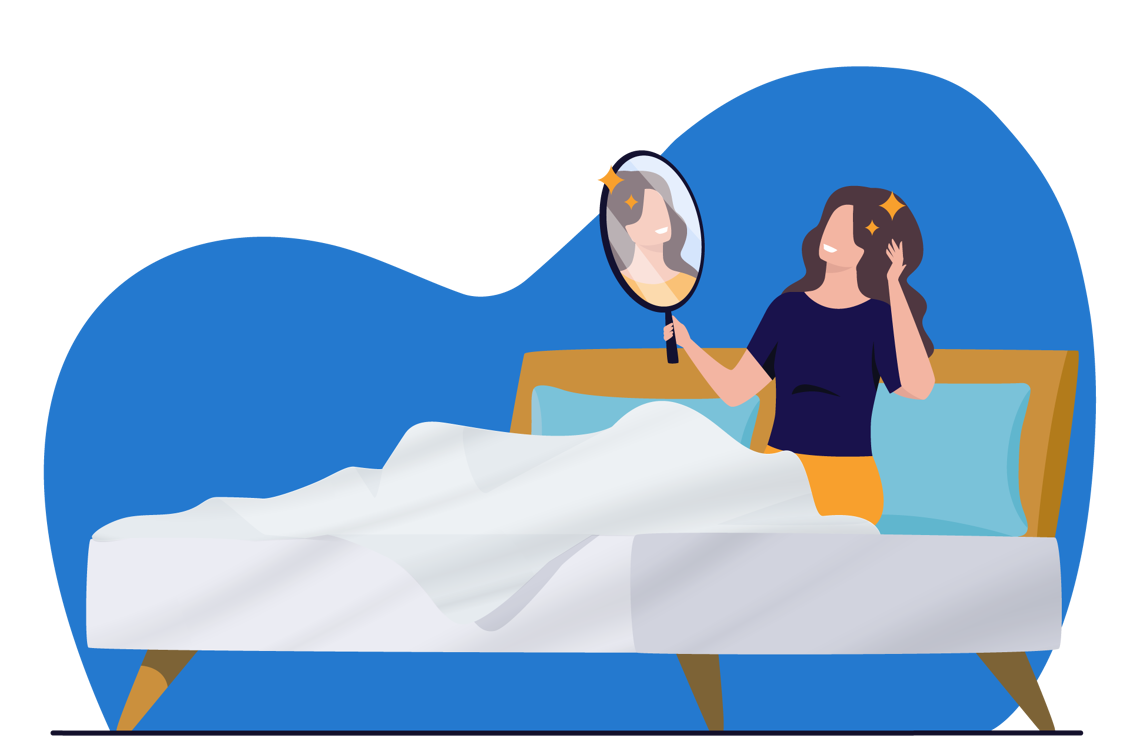


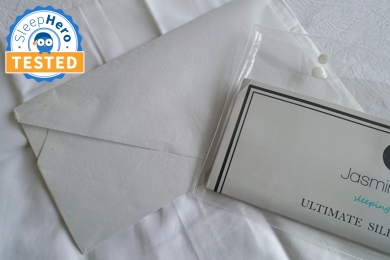






Alternatively, message us directly via the Contact Us page.